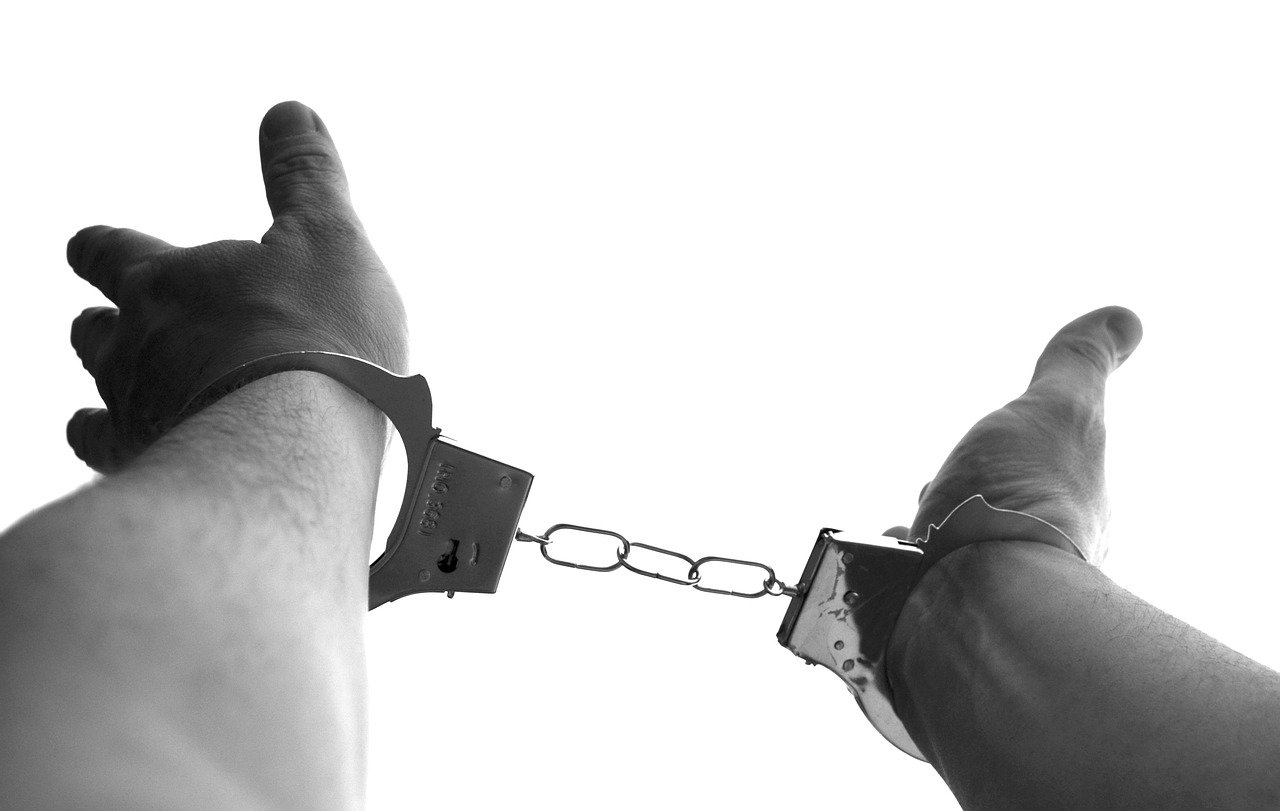
Image by <a href="https://pixabay.com/users/klaushausmann-1332067/?utm_source=link-attribution&utm_medium=referral&utm_campaign=image&utm_content=921290">Klaus Hausmann</a> from <a href="https://pixabay.com//?utm_source=link-attribution&utm_medium=referral&utm_campaign=image&utm_content=921290">Pixabay</a>
Liverpool, a city celebrated for its vibrant culture and sporting achievements, continues to face significant challenges with crime. In 2025, crime remains a pressing concern for residents, businesses, and local authorities. Recent statistics, high-profile incidents, and community-led initiatives paint a complex picture—one where progress and setbacks coexist.
The Latest Crime Statistics: A Mixed Picture
Liverpool’s overall crime rate stands at 131.4 crimes per 1,000 people, considerably higher than the national average of 100 per 1,000. Violent crime accounts for 36.5% of all reported offences, with 27,900 violent crimes recorded in the past year. This places Liverpool’s violent crime rate at 137% of the national average, making it one of the highest in England and Wales.
Despite these stark numbers, there are signs of improvement. Violent crime in the Liverpool postcode area has actually decreased by 6.6% year-on-year, suggesting that targeted policing and community interventions are beginning to have an effect. However, other categories, such as drug-related offences, are on the rise. Drug crime in Liverpool is now at 393% of the national average, with 7,300 cases reported in the last twelve months—a 7.1% increase from the previous year. This makes drugs the city’s most disproportionately high crime category.
Organised Crime and High-Profile Incidents
Organised crime remains a significant threat in Liverpool. In June 2025, Merseyside Police arrested five individuals linked to an organised crime group operating in north Liverpool. The investigation, which spanned over two years, led to the seizure of firearms, ammunition, large quantities of drugs, and over £86,000 in cash. Police described the operation as a major blow to local gangs, highlighting the ongoing battle against criminal networks that fuel violence and drug trafficking.
Earlier in the year, a separate investigation dismantled a Liverpool-based drugs gang running operations between the city and southern England. This group, known as the “Scouse Dave” line, was responsible for distributing crack cocaine and heroin across multiple counties. Police efforts led to the conviction of 17 individuals, with sentences totalling more than 85 years in prison. These cases underscore the scale and reach of organised crime in Liverpool and the determination of law enforcement to disrupt it.
Community Safety and Police Initiatives
In response to rising crime, Merseyside Police and Liverpool City Council have expanded their focus on prevention and community engagement. Initiatives such as Operation Staysafe target youth exploitation and antisocial behaviour in the city centre. This operation brings together police, social services, and youth workers to identify at-risk young people and intervene before they become involved in crime.
Recent weekends have seen the introduction of dispersal zones and Section 60 orders, giving police additional powers to search suspects and disperse groups in areas affected by violence and antisocial behaviour. These measures aim to prevent further incidents and reassure the public, particularly during periods of increased activity in the city centre.
Efforts to tackle business crime have also intensified. The Liverpool BID Safety Partnership works closely with local businesses, providing direct police support and intelligence sharing to address retail theft, cybercrime, and violence in the night-time economy. The city’s comprehensive CCTV network, managed by Liverpool City Council, serves as a deterrent and a valuable tool for identifying suspects.
The Role of Misinformation and Social Media
Misinformation has become a growing challenge in the wake of high-profile incidents. After a car drove into crowds during Liverpool’s Premier League title parade in May 2025, Merseyside Police acted swiftly to release accurate details about the suspect, aiming to prevent the spread of false rumours and community tensions. This approach was praised by experts and local leaders, especially after riots in 2024 were fuelled by misinformation following a violent attack in nearby Southport. The experience highlights the importance of transparency and responsible communication in maintaining public trust.
Community-Led Solutions and Positive Change
Community engagement is central to Liverpool’s crime prevention strategy. Projects like the Wavertree regeneration initiative have led to visible reductions in serious violent crime and antisocial behaviour. By involving residents, schools, and local organisations, these initiatives foster a sense of ownership and resilience within neighbourhoods.
Constable Jo Stevens from Merseyside Police’s Problem-Oriented Policing team emphasised the importance of listening to local concerns and addressing root causes of crime. Collaborative efforts have not only reduced crime but also improved public spaces and strengthened community bonds.
Looking Ahead: Challenges and Opportunities
Liverpool’s crime rate remains a concern, but the city is not standing still. The annual decline in violent crime suggests that targeted policing and community partnerships are making a difference. However, the rise in drug-related offences and the persistent threat of organised crime underscore the need for continued vigilance and innovation.
The Police and Crime Plan for Merseyside, running through 2029, sets out clear priorities: fighting crime through proactive policing, supporting victims, and driving change to prevent offending. The plan was shaped by public consultation and reflects the community’s desire for a safer, more inclusive city.
Conclusion
Liverpool’s battle with crime in 2025 is a story of both challenge and progress. While the city faces higher-than-average crime rates, especially for violence and drugs, it is also witnessing the impact of determined policing, community action, and transparent communication. As Liverpool continues to evolve, the partnership between residents, businesses, and law enforcement will remain crucial in building a safer and more resilient city for all.
To read more click here






